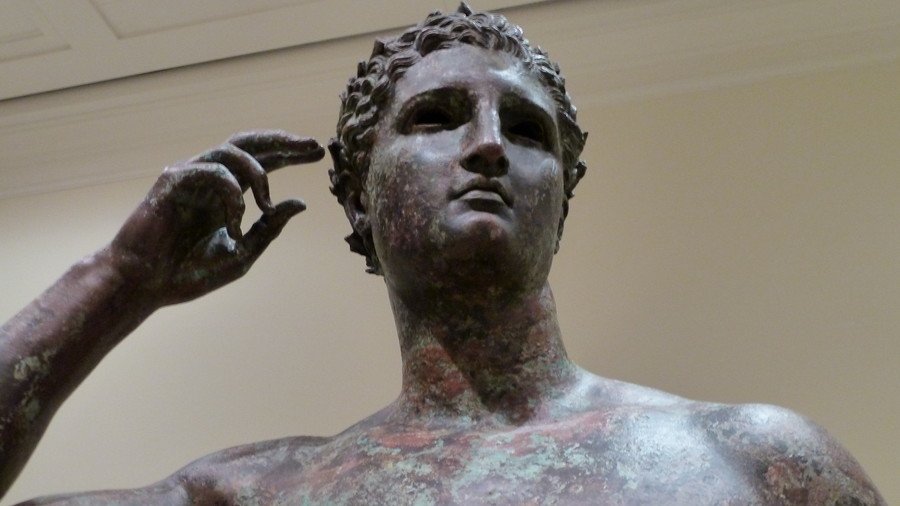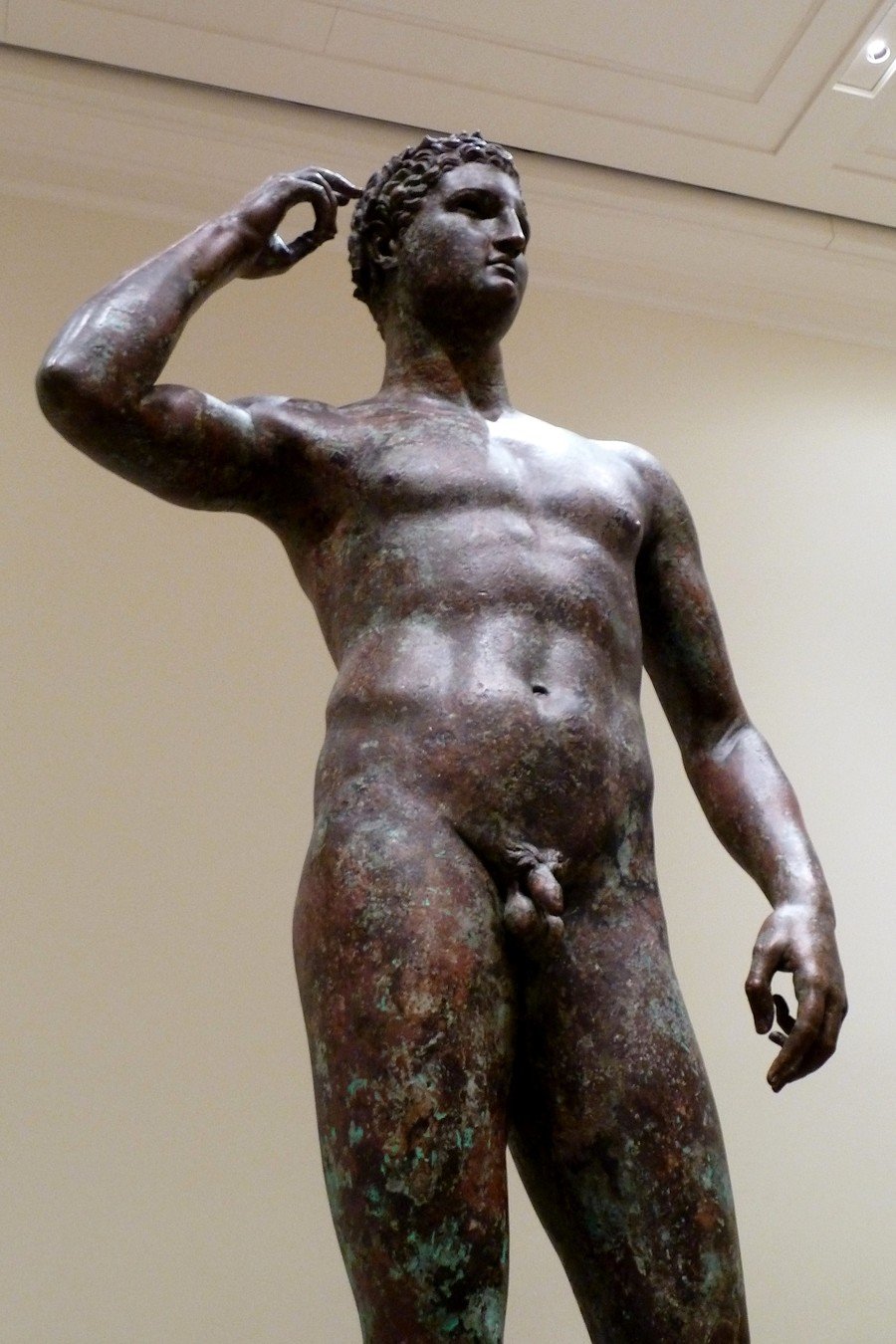American museum must return 2,000-year-old statue to Italy, court rules

Italy’s highest court has ordered the Getty Museum in Los Angeles to return an ancient Greek bronze statue which is believed to have been created by Alexander the Great’s personal sculptor.
The ruling by the Court of Cassation in Rome is the latest development in a decades-long dispute between the American museum and the Mediterranean country over the ownership of the bronze figure, which is known as Victorious Youth, Athlete from Fano and the Getty Bronze.
Also on rt.com Stunning ‘erotic’ fresco unearthed in Pompeii bedroom (PHOTOS)The statue was lost for centuries before being found off Italy’s Adriatic coast by fishermen in 1964. It dates from 300 BC to 100 BC and though the artist is unknown, many scholars believe it was made by Lysippos, Alexander the Great’s personal sculptor.
The court upheld the ruling of a lower court in the Marche region of central Italy, where the statue was found. Italian authorities maintain that the statue was found in Italian waters and belongs to the Italian state. They allege that the figure was smuggled out of the country without an export license.

“We now hope that the US authorities will act as soon as possible to favor the restitution of the statue to Italy,” Alberto Bonisoli, Italy’s culture minister, said to ANSA.
This judicial process has finally ended and the right to recover an extremely important testimony of our heritage has been recognized. Let's hope the statue can soon return to be admired in our museums.
However, the legal battle looks set to continue as the museum immediately rejected the court’s judgment, saying it had no intention of giving up the prized work.
“The law and facts, in this case, do not warrant restitution to the Italian government of a statue that has been on public display in Los Angeles for nearly a half-century,” the museum said in a strongly worded statement.
Also on rt.com Leaning Tower of Pisa ‘getting straighter by year,’ experts warnThe museum argues that the statue was found in international waters and it has only a “fleeting and incidental connection” with Italy.
The statue is not and has never been part of Italy’s cultural heritage. Accidental discovery by Italian citizens does not make the statue an Italian object. We believe any forfeiture order is contrary to American and international law.
The statue is one of the most popular works at the Getty. The LA museum bought it from German art dealer Herman Heinz Herzer for almost $4 million in 1977.
Herzer's selling price was nearly 800 times the $5,600 amount that Italian art dealers paid the fishermen who rescued it from its watery resting place.
Like this story? Share it with a friend!















